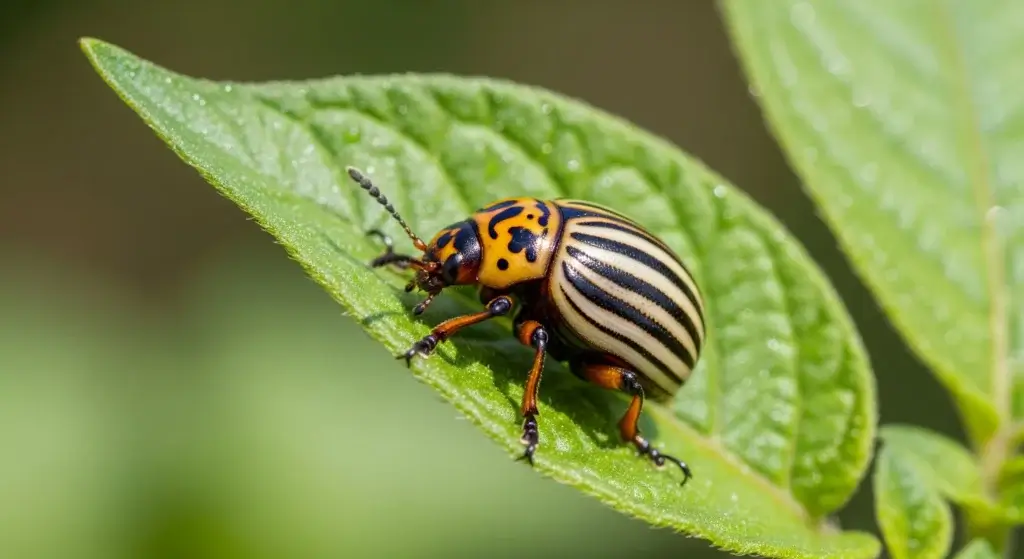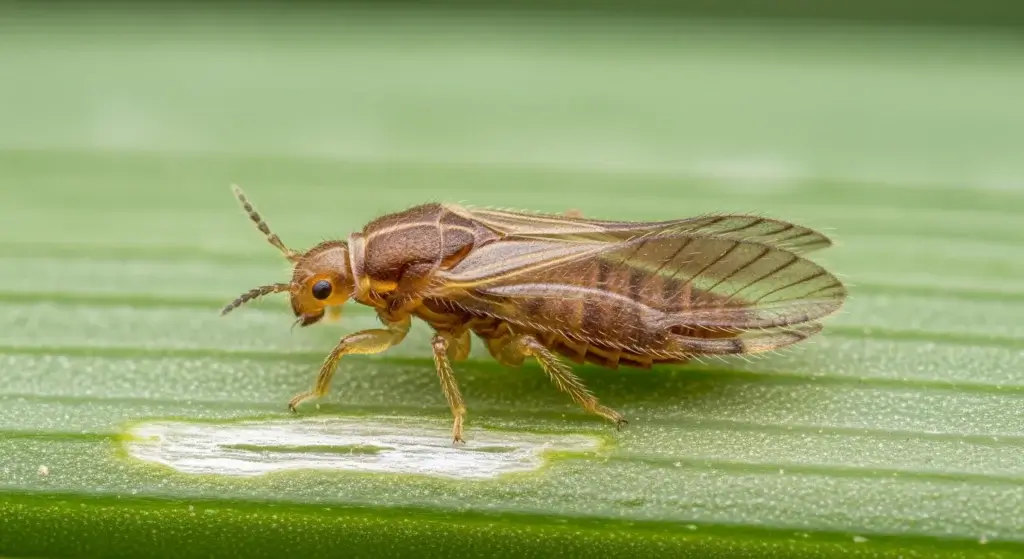
Small but mighty, whiteflies can wreak havoc on your plants if given the chance.
However, fret not!
Organic control methods are here to save the day.
This guide will take you through the realm of organic whitefly control, covering their appearance, the harm they cause, and powerful natural methods to keep them in check.
Exploring Whiteflies
Whiteflies are like miniature, delicate moths, sporting wings with a powdery white sheen.
When you disturb them, they take off in a flutter. These tiny critters are aptly named for their appearance and behavior.
Here are more details to help you envision these sap-sucking insects:
- Read also: Ladybugs for Effective Aphid Control
- Read also: Natural Pesticides for Indoor Plants
Appearance
They’re small, around 1/16 inch long, with four white wings that create a snowy effect when at rest. Their bodies are often pale yellow or greenish.
Habitat
You’ll find them congregating in colonies on the undersides of leaves, creating what seems like a delicate, snowy cover.
Lifecycle
Whiteflies undergo a complete metamorphosis, progressing from eggs to nymphs and then adults. Their rapid reproduction contributes to their population explosion.
Feeding habits
These insects survive by feeding on plant sap, inserting their needle-like mouthparts into the plants and sucking out vital juices. This weakens the plant and can lead to stunted growth and yellowing leaves.
Behavior
Whiteflies are notorious for their rapid breeding and ability to transmit plant diseases, making them a significant concern for gardeners and farmers alike.
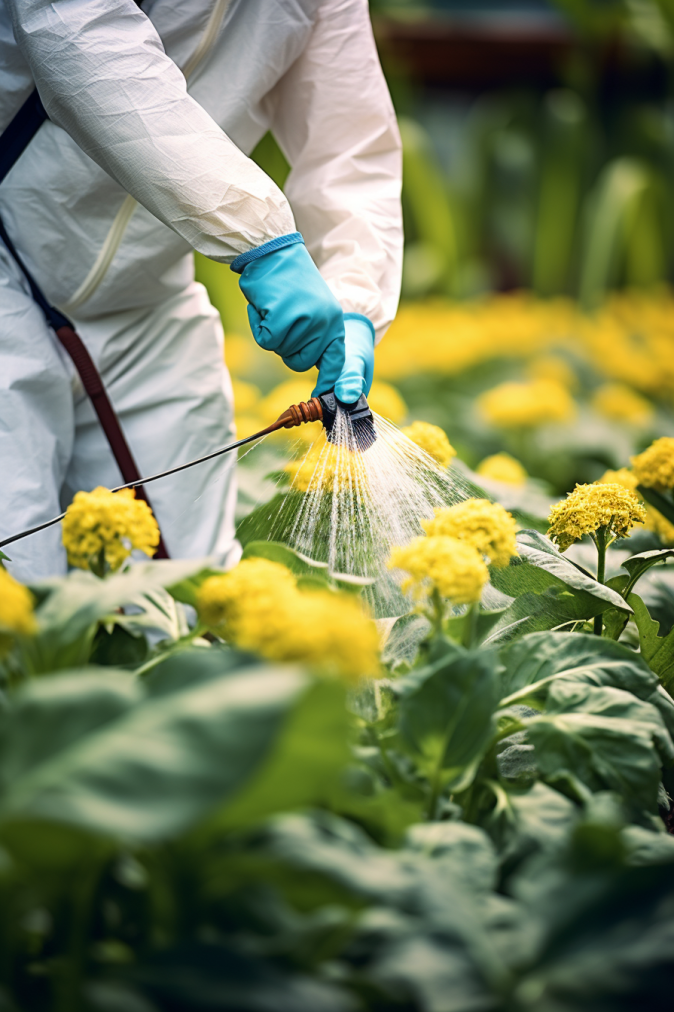
How Can Whitefly Damage The Plant?
Direct damage
- Sap depletion: Whiteflies have a nifty trick up their sleeves—or rather, in their needle-like mouthparts. They use these to pierce plant leaves and stems, sipping on the nutrient-rich sap.
- Leaf troubles: Whiteflies are more than just pesky sap-suckers. Their presence can lead to a laundry list of leaf problems: yellowing, wilting, and curling.
- Stunted growth: Imagine a plant feeling like it’s running on empty. That’s what happens when whiteflies infest. With their relentless sap-sucking, plants suffer from nutrient deficiencies and weakened systems.
Indirect damage
- Honeydew: As whiteflies indulge in their sap-sucking escapades, they leave behind a sticky, sweet residue known as honeydew.
- Virus transmission: In the realm of whiteflies, some species take their damage to the next level. While feeding, they can transmit plant viruses, adding an extra layer of misery for the unfortunate plants.
- Plant peril: If you think whiteflies are just a minor nuisance, think again. A severe infestation can spell doom for your plants.
What Are Some Organic Methods to Control Whiteflies?
Beneficial insects
Introduce natural predators such as ladybugs, lacewings, parasitic wasps, or predatory beetles to manage whitefly populations.
These insects serve as effective regulators, preying on whiteflies and aiding in their control.
Neem oil spray
Neem oil, when sprayed on affected plants, acts as a deterrent for whiteflies by disrupting their feeding and growth.
To use, mix one teaspoon of neem oil with a gallon of water and apply to affected plants. Always test a small area before widespread application to prevent any potential damage.
Insecticidal soap
Utilize insecticidal soap solutions to smother and eliminate whiteflies while safeguarding beneficial insects.
Ensure thorough coverage, especially on the underside of leaves where whiteflies congregate.
Look for soaps labeled safe for use on vegetables or houseplants, follow package directions for mixing, and apply to affected plants.
Physical removal
Handpicking or employing a strong water stream to dislodge whiteflies from plants can be remarkably effective, particularly when their numbers are manageable.
Companion planting
Certain plants like marigolds, basil, and nasturtiums act as natural repellents for whiteflies.
Interplanting these with vulnerable plants can deter whitefly infestations in your garden.
Sticky traps
Strategically place yellow sticky traps around the garden to attract and trap whiteflies.
While not a complete solution, these traps aid in monitoring and reducing their numbers.
Utilizing row covers
Shield plants from whiteflies by using row covers. Place these covers over your plants, securing the edges.
This method prevents whiteflies from accessing the covered plants, offering protection from infestation.
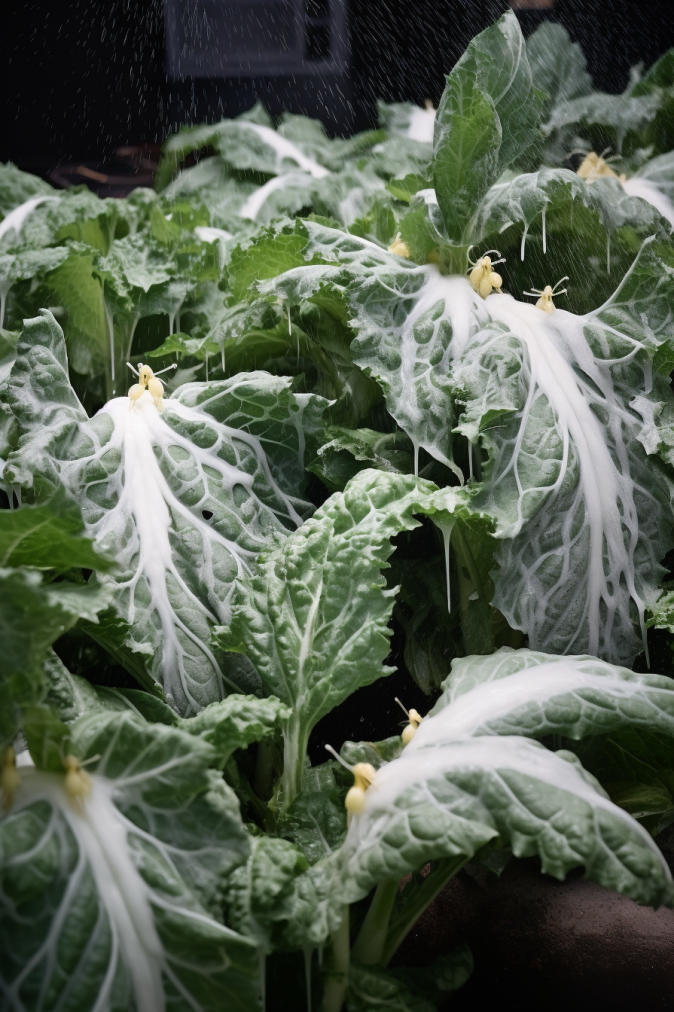
Organic Whitefly Control Year-Round
Spring season
Preventative measures: Before whiteflies even arrive, focus on creating a healthy garden environment that discourages them.
Plant trap crops like nasturtiums or alyssum around your main crops, as whiteflies will be drawn to these sacrificial plants first. Encourage beneficial insects like ladybugs and lacewings by planting dill, fennel, or sweet alyssum.
Summer season
Heightened vigilance: Hot, dry weather is prime time for whitefly populations to explode.
Monitor your plants closely and repeat preventative measures like hosing down and insecticidal soap sprays every few days.
Autumn season
- Clean-up act: As temperatures drop, whiteflies seek sheltered spots to overwinter. Remove fallen leaves and debris from around your plants to deny them hiding places. Prune any heavily infested plant parts and dispose of them properly.
- Soil improvement: Winter is a good time to amend your soil with organic matter like compost or aged manure. This will improve soil health and drainage, making your plants less susceptible to pest problems in the coming season.
Winter season
- Maintain the defenses: Don’t let your guard down completely. If you have greenhouses or indoor plants, continue monitoring for whiteflies and use insecticidal soap or neem oil solutions if necessary.
- Planning for the future: Use this time to research and plan your spring planting strategy. Consider incorporating whitefly-resistant plant varieties or interplanting with trap crops to get a head start on pest control next season.
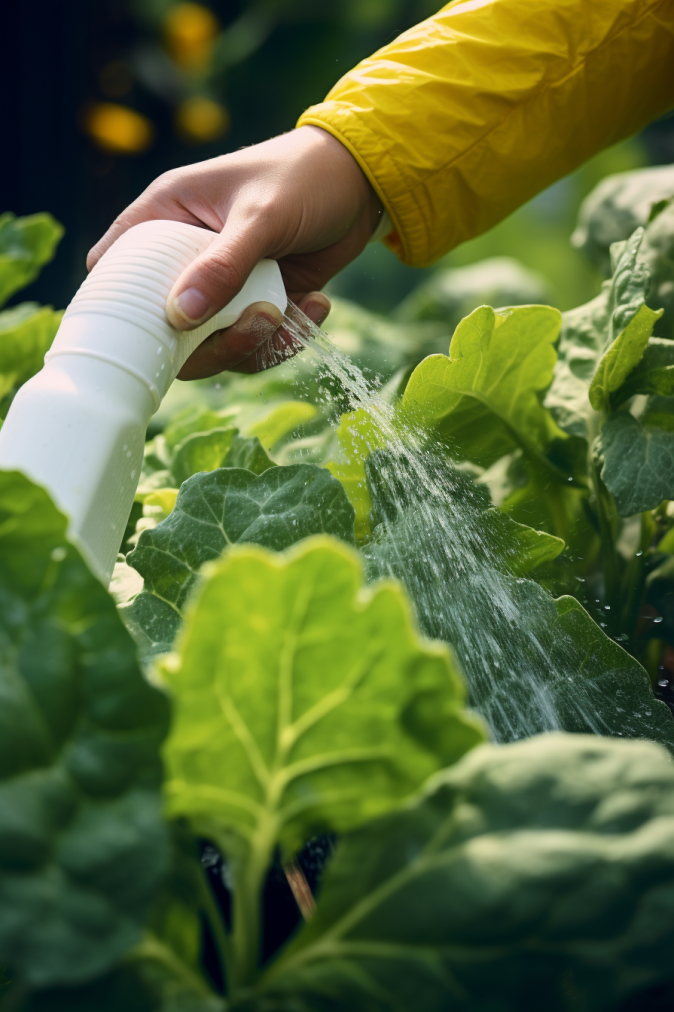
Conclusion
With a comprehensive organic strategy, shielding your plants from persistent pests like whiteflies doesn’t mean relying on harsh chemicals.
Embrace a holistic approach that taps into their behavior, utilizes natural predators, and puts preventive measures in place.
This way, you’ll wave goodbye to whitefly troubles and nurture a thriving garden.
- Read also: How To Make a Natural Pesticide
- Read also: Natural Pest Control Methods for Your Vegetable Garden
Frequently Ask Questions
While whiteflies do have a broad range of host plants, certain species show a preference for specific ones. Commonly affected plants include tomatoes, cabbage, and poinsettias.
While homemade remedies like garlic or chili pepper sprays might provide mild repellent effects, their ability to control severe infestations is limited when compared to other organic methods available.

